BERLIN – Samsung has reserved the whole for its technology City Cube Berlina huge space in the German city to showcase their foldable smartphones, gaming screens like Odyssey Arkthe range of household appliances BeSpoke and much more. Instead we entered a narrow room on the upper floor of the structure, where all the walls were filled with screens and projections. Samsung in fact he took us to his Innovation Room di IFA 2022, where its engineers and some absolute experts in the audiovisual field explained to us the innovations that we can find on the televisions of the Korean brand.
Samsung ci porta nell’Innovation Room a IFA 2022
Anyone who has eyes to watch will surely have noticed that TVs have changed completely within a few years. There image quality and fluidity of movements continuously improvebut we rarely wonder how those ultra-sharp images make it into our living rooms.
It is not magic, but the constant work of thousands of engineers and industry experts. Like those who work for Samsung and who have revealed the mechanisms that allow us to watch Stranger Things as if they were projecting it at the cinema, from the sofa.
Because 8K is getting closer and closer
The first intervention of Bob Raikesa Display Daily independent reporter and industry expert talks about the arrival of 8K. A technology still difficult to frame for many: do we really need that resolution? The scientific explanation in one word is “Yup“, Although perhaps it could be the last resolution standard we will have to get used to. In fact, several tests that compare real images and shown on a screen show that the 8K resolution is more real, because it returns more details. Engineer Masaoka explains that if 4K reproduces the “ten-tenths” view, it is not the perfect view: most people can distinguish some further details.
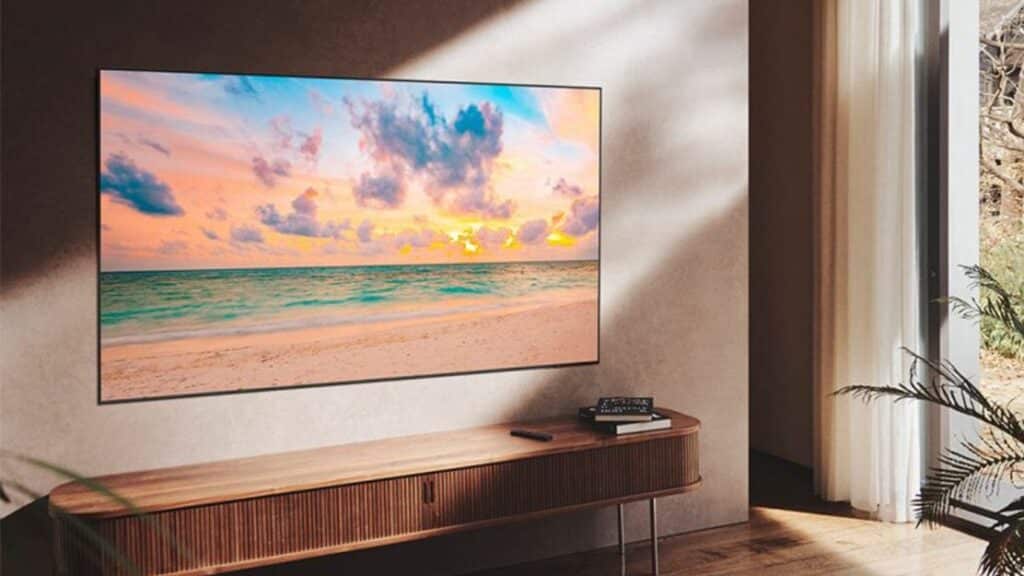
On 40-inch screens, perhaps the difference would go unnoticed. But when it comes to 65 inches or more, comparing resolutions shows that there is a difference and it is noticeable. Samsung showed us projected newspaper writings, rather than film images where the greater sharpness allows us to naturally distinguish the hair and beard of the actors, rather than the leaves of the trees. Minute details, which many may ignore: but there is a difference.
Upscaling and the challenge between LED and OLED
So the creators of content are pushing (and often already recording) in 8K, with some distributors (like Prhymes Amazon Videos) who have already announced entry into the 8K Association. But even when 8K content is missing, the upscaling done by AI according to the expert is so refined that, if you start from a good 8K image, the quality is really high.
The expert then has talked about Mini LED vs OLED, explaining that the higher cost of transistors and all the underlying technology makes it very expensive to produce 8K OLED panels. This makes it more difficult to produce them: even if demand were to increase, LEDs would still have the vast majority of the market. So the 8Ks are coming and they will be in Micro LED.
Samsung Innovation Room at IFA 2022: balancing QLED and Mini LED, between light and shadow
The second step we do it with Andy Leea Samsung engineer who explains us how the QLED technology makes the difference compared to normal LCDs, especially in some scenes where the contrast is more noticeable. To do this he showed us the same image on a reference monitor (what film and TV productions use, which cost tens of thousands of euros and are exceptional), on a Samsung QLED TV and its two main competitors.
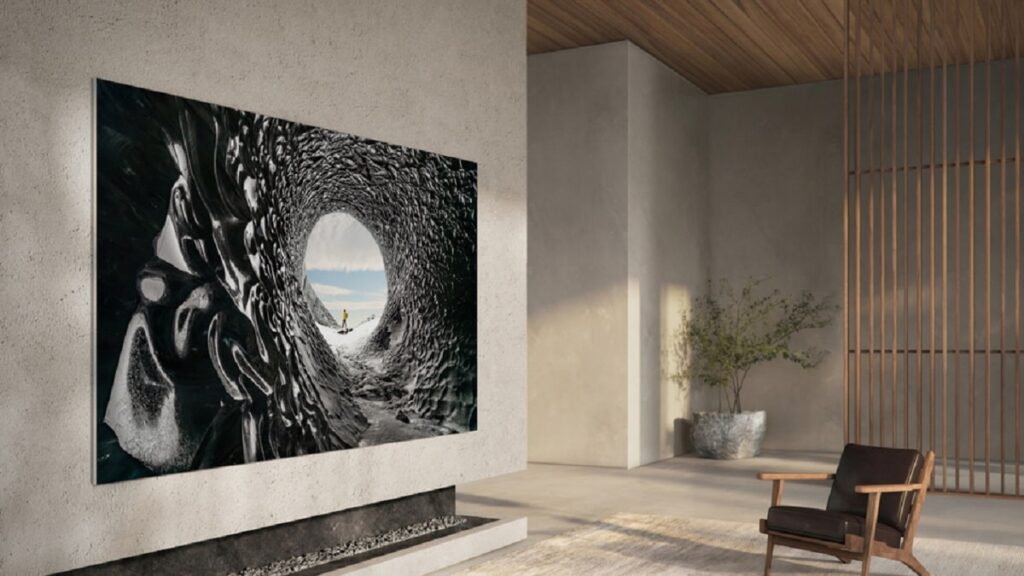
A ship with its lights on crosses the sea at night. In the reference monitor, the water is perfectly dark around the boat. The difference with Samsung’s QLED TV is there but it’s really minimal. The two competing displays, on the other hand, carried a luminous halo on the water behind them. The local dimming is of the highest quality also in the following scenes, which underline the quality of the TVs.
The word then passes to Florian Friedrich by FF Pictures, an expert on HDR: his job is to take movies in theatrical version and light them up with HDR10. Here too we have a reference monitor and two TVs, one of which is Samsung. Which does a great job in teamake the light in the scenes “natural”.
In one clip we see a cliff at dawn, gradually hit by the sun. In the image of the Samsung TV we see the brightness increase, without changing the color. While in the other the saturation increases and the color becomes darker, it tends more to red.
In short, from these tests it seems that Samsung does both lights and shadows better.
Smart color and functionality
The next expert is Francesco Tomasellowho works for Pantone, which sets the international standard for colors. His team tested Samsung QLED TVs for color reproduction and in particular for skin complexion reproduction. In the first case, the accuracy level exceeds 90%: Faithfully reproduces almost all Pantone certified colors. And the expert explains to us that the reference monitors we looked at in the previous experience (which cost about 30 thousand euros) reach 94%: the quality of Samsung TVs is very high.
Il Pantone Skin Tone, on the other hand, is more complicated to overcome, the nuances are many. But 50% of the complexions are perfectly reproduced and another 25% with small differences. Test passed great here too, then.
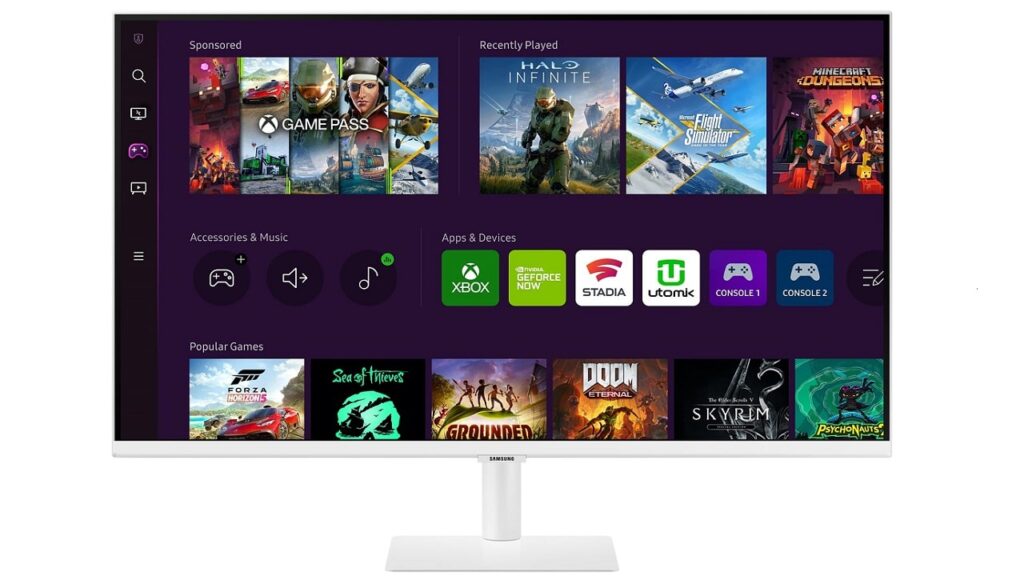
Then let’s see the gaming features of the new Samsung TVs with Hangjin Choi, engineer of the company that from this year offers the possibility to use cloud gaming services. The mode low latency it shows a faster speed in showing the pictures, but the one that stupid us is AI Upscaling mode. The greater amount of detail in Halo allowed us to see the texture of the leaves of the trees, to better reproduce the play of light. Impressive.
One Freestyle helps the other
Finally, Samsung concluded with a really interesting novelty introduced by Mirae Shinwho works for the Korean brand. By connecting two (and in the future 4) Freestyle projectors, it becomes possible to combine the immagine to show landscapes twice as wide and large. The Samsung software automatically corrects the different angles, showing a single image (although by paying attention we could see where the two projections overlapped).
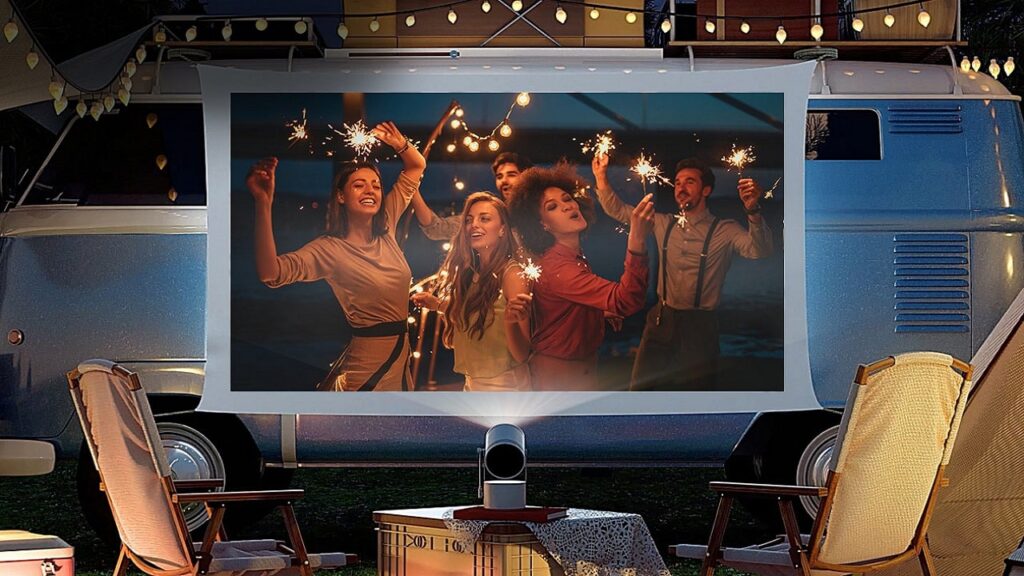
In 2023 this functionality will come to project still images, while by 2024 we should be able to connect up to four Freestyles to enjoy a movie or a TV series in cinema format.
These are the new technology that Samsung he explained to us inInnovation Room di IFA 2022. Details that increase the realism of the images and allow you to enter the cinematic or videogame worlds we love so much.







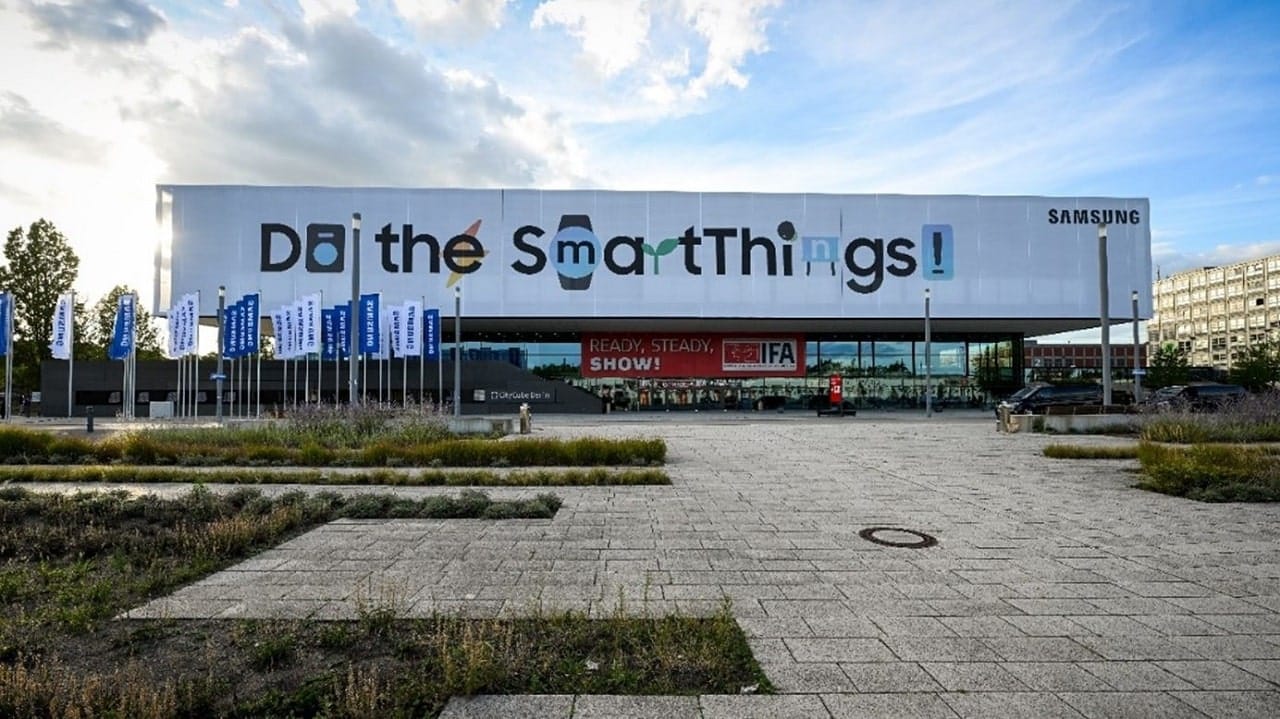







Leave a Reply
View Comments